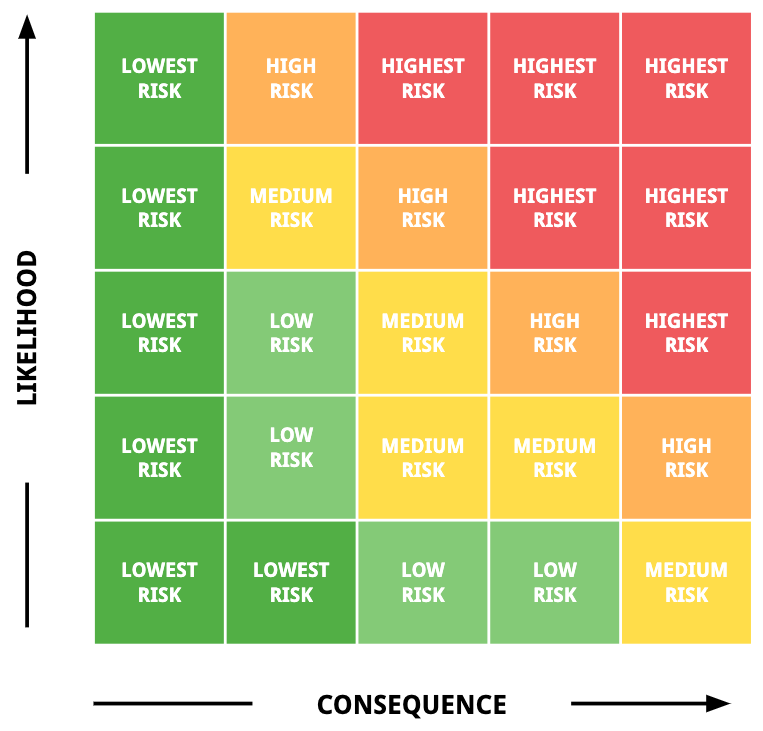

The standard errors of the log relative risks are also computed and saved in variable S.

Assuming that there is a 50% chance for the previous question, next question can be – what is probability we can meet the planned project finish date?.What is the chance that this project will finish on time or within budget?.Let Z r(x) Beta(, ) be the distribution from which KL divergence to f(x). This also helps in answering the questions, which are foundational in QTRA as we saw before, i.e., And how does risk relate to other properties of a probability distribu. This will help to build a more realistic plan – both from schedule and cost perspectives. For each number, there is a probability of occurrence available.īy doing that we will be modelling the activities (and hence overall project) more accurately. In other words, instead of saying an activity in a project is going to take “X” amount of days, we also can add other days using a distribution. With risk analysis via quantitative risk analysis (QTRA), we can use this extra information – other possible scenarios, not ONLY the most likely scenario. We do the same thing for schedule or cost estimation – we take the most likely or most possible estimate, but forget to take the best case and/or worst case scenario. By doing this, a lot of additional information is lost. Because any one of them can come out to be correct as there are uncertainties involved, such as traffic conditions! So, you do not know for sure.īut when we estimate we take the most likely one or the best guess, i.e., 2 hours. Now that you have three possibilities, which one is correct? Can you conclusively say about it? No. Maximum (or Pessimistic) duration = 3 hours.Minimum (or Optimistic) duration = 1 hour.


 0 kommentar(er)
0 kommentar(er)
